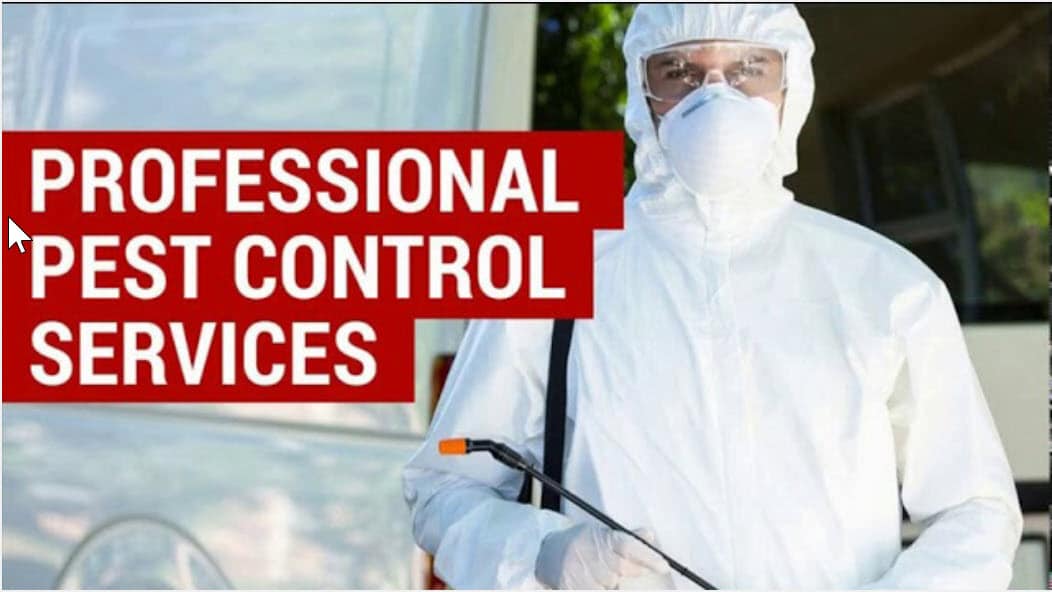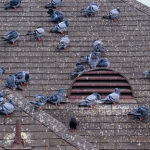
How to Identify and Control A Fleas Infestation
Due to variations in climate conditions throughout Canada, the country has an abundance of multiple species of fleas. There are currently more than 150 flea species recorded in the country. 150! This is no easy battle for homeowners. Fleas don’t have wings. However, these tiny creatures can catapult themselves 50-100 times their body length in distance and jump up to 6 inches high. They are notorious for infesting dogs and cats but also feed on human blood.
According to the Centers for Disease Control and Prevention (CDC), fleas can spread germs and diseases by feeding hosts and via infected feces (flea dirt). Are prolific breeders, with a female laying up to 20-30 eggs daily! That’s why fleas are best controlled as soon as you notice or suspect an infestation. Our experts at Maximum Pest Control Services will conduct a detailed inspection to determine the source of your flea problem. After a thorough inspection, the next step is to design a flea treatment and management program customized to meet your unique needs.
What Are Fleas?
Fleas are common external parasites that typically infest dogs and cats. These tiny wingless creatures grow up to 2.5mm in length. They have shiny bodies with a reddish-brown color and are covered in microscopic hairs. Though they don’t have flight, they can jump long distances.
The adults are notorious for ravenously feeding on the blood of their host, consuming up to 15 times their body weight in blood per day! Although they mainly feed on warm-blooded animals, they can also bite humans. These jumpy creatures are a common transmitter of diseases such as tapeworm and the rare bubonic plague to their hosts.
Flea Life Cycle
Once they feed on human or animal blood, adult mate and start laying eggs in the fur or places your pet frequents, like couches, chairs, beds, floor cracks, and corners.
As many as 2000 eggs can be laid out by a single female flea in her lifetime! The eggs hatch in as little as 10 days and develop into reproductive adults within 2-3 weeks (or a few months), depending on the conditions. In the best conditions, adult fleas can live up to 100 days. Generally, flourish in warm environmental conditions and, more often than not, die in the winter.
Flea eggs are pretty small, often resembling tiny rice grains or grains of salt. Looking very closely, you’ll see the bright white or translucent oval-shaped eggs with your naked eyes. It is common for untrained homeowners to confuse flea eggs for dandruff.
Baby fleas or flea larvae look like tiny white worms, measuring ¼ inch long. They have small heads with no legs and don’t suck blood like adult fleas. Instead, baby feed on the blood-filled poop of their adults; hence you’ll never find them on your pet.
It’s important to note that if the conditions aren’t ideal, or there’s no host present, in the pupae stage will remain dormant for as many as 9 months until there are better conditions to develop. This is one of the main reasons why a flea infestation can be challenging to deal with.
How Fleas Get into Homes
In the wild, fleas live in places with plenty of shade and humidity, such as in high grass, debris, shrubs, trees, parks, and yards. These places provide the perfect conditions for the development of all their three life stages. However, fleas are bloodsuckers. The females must take a blood meal from a host in order to lay eggs.
There are many different types of fleas, but feline (cat) fleas and canine (dog) fleas are the most common. These are not picky about whom they feed on but mostly prefer cats and dogs.
Thanks to their flat, oval-shaped bodies, can easily jump long distances and attach to your clothing or pet. This way, are easily brought into homes almost undetected. Can also hitch a ride on your shoes or pants. Wildlife, such as opossums, coyotes, foxes, and raccoon’s, can also bring them into your yard; this is especially the case in much of western Canada.
The 4 Most Obvious Signs of a Flea Infestation in Your Home
How do you know if you have fleas? Troublesome critters that pose a severe health hazard. They have been found to spread many serious diseases, such as cat-scratch disease, tularemia, and typhus. That’s why you must watch out for the following signs of a flea infestation to exterminate the pests before the infestation becomes severe.
- Feces:Flea feces appear like tiny grains of dirt. They are often found on your pet’s belly, bed, rugs, and carpets. If you mix the tiny ‘dirt grain’ with a small amount of water and then rub it between your fingers, it will turn red (digested blood).
- Live fleas:It is possible to spot these acrobatic critters on your carpet, bedding, furniture, and upholstery. They can also hide and reproduce on your pets’ fur or feathers. You will commonly find them in your pet’s neck and shoulder blades or the base of its tail.
- Reddish-black dots on bedding:Tiny reddish-black dots on your pet’s bedding and linen may indicate a flea problem.
- Flea bites: Use their tube-like mouth parts to suck blood from a host. Flea bites appear as small discoloured bumps on the skin. The bites are not initially itchy but later develop severe itching, soreness, and irritation.
DIY: How to Get Rid of Fleas
The first and most obvious thing to do when battling these tiny things, is to treat your pet. You can buy safe oral medications or topical products, including shampoos and sprays, to eliminate them on dogs, birds, cats, and other pets. Be careful and read the product labelling, as some treatments may contain harsh chemicals that can compromise your pets’ health. That said, it is essential to consult your veterinarian to recommend the best treatment for your pet.
The next step is to treat your home. Start by removing all toys, clothing, and other items from the floor and closet for the treatment to reach all areas. Remove pet food and ensure pet bedding is thoroughly washed. Next, vacuum your entire house while paying attention to places the pet frequents, such as beneath furniture, throw rugs, under the bed, and along room edges.
Lastly, apply an insecticide treatment throughout your home. For the best result, read and follow the product instructions. The most effective flea treatments contain active ingredients such as permethrin, dinotefuran, or imidacloprid, as they are deadly to adult. Also, consider treatments with an insect growth regulator, such as pyriproxyfen, as it stops the development of eggs and larvae.
Professional Flea Control Services
The flea life cycle makes flea control a challenging and continuous process that can take weeks or months to eradicate an infestation. Unfortunately, over-the-counter insecticides usually don’t resolve the root cause of your pest problem. That’s why a Maximum Pest Control Services expert starts by thoroughly inspecting your home to locate problem areas. After identifying the flea species causing your trouble, the expert will customize a flea control plan and recommend the best treatment for your home or business.
If you suspect or see signs of a flea infestation in your premises, contact Maximum Pest Control Services today for a thorough pest control home inspection (905) 582-5502.





